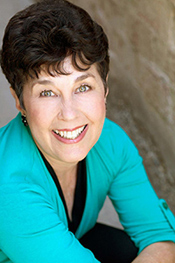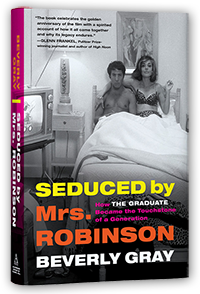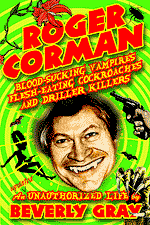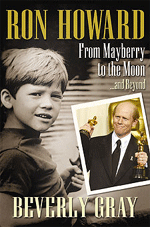On May 4, I thought about Audrey Hepburn, who was born on
that date in 1929. If she had lived, she would have just turned 85. That’s hard
to imagine, given what a charming gamine she made in films like Roman Holiday (1953), Sabrina (1954), and Funny Face (1957). Of course she got older, and skillfully took on
mature roles in Two for the Road (1967)
and Robin and Marian (1976). But Hepburn
had no opportunity to truly become elderly on screen. She left us in 1993, at
the age of 63.
One of Audrey Hepburn’s classic performances came in the
1961 Blake Edwards film version of Truman Capote’s Breakfast at Tiffany’s. As party-girl Holly Golightly, who stays
afloat in New York City with a little help from her (male) friends, Hepburn is
both hilarious and heart-breaking. Capote, though, was not pleased. The story
as he envisioned it called for a Holly who was less elegant and more earthy. To
Capote, Marilyn Monroe would have been perfect casting. (And he also envisioned
himself playing Holly’s confidante, the male lead.)
Much of what I know about Breakfast at Tiffany’s comes from a fascinating little volume that
appeared in 2010. Sam Wasson (who has since gone on to write a major biography
of Bob Fosse) is the author of Fifth Avenue, 5 A.M.: Audrey Hepburn, Breakfast at Tiffany’s, and the Dawn of the Modern Woman. Wasson’s book chronicles the making of the film, and also
reveals how vital it was in changing the public perception of women’s behavior,
at a time when sexual mores were starting to change. As he writes, Breakfast at Tiffany’s “rerouted the
course of women in the movies, giving voice to what was then a still-unspoken
shift in the 1950s gender plan. There was always sex in Hollywood, but before Breakfast at Tiffany’s, only the bad
girls were having it.“
The challenges for Paramount Pictures when approaching the
original material were manifold: Capote
had given the world “a novel with no second act, a nameless gay [male]
protagonist, a motiveless drama, and an unhappy ending.” After much angst, the
screen version evolved into a romantic comedy that faded out on a
happily-ever-after kiss in the rain, with “Moon River” swelling in the
background. Paramount execs solved the problem of the book’s gay protagonist by
turning George Peppard’s writer-character into a red-blooded American male.
Holly Golightly, as repurposed for the film, was less a high-class hooker than
an adorable kook. It helped immensely, of course, that Audrey Hepburn hardly
connoted sexuality in a way that Marilyn Monroe assuredly did. Reading between
the lines, we knew that Holly slept around—and earned her daily bread by so
doing. But mostly Hepburn’s Holly was childlike and fun, with a child’s wistful
innocence underneath. And Peppard’s Paul
Varjak was made a gigolo of sorts, as a clever way of distracting us from
Holly’s own sexual side.
Wasson has much more to say about Breakfast at Tiffany’s. About, for instance, the inspired teaming
of veteran lyricist Johnny Mercer with newcomer Henry Mancini (“Together they
were kindness incarnate, and they melted as easily as butter on mashed
potatoes”). About the impact of Givenchy’s little black dress, which—as worn by
Hepburn—gave women on a budget the freedom to look bold and sophisticated
without seeming flashy. The movie feels modern, except in one department:
Mickey Rooney’s obnoxious caricature of a buck-toothed Japanese neighbor, played
strictly for guffaws. Director Blake Edwards eventually apologized for this
lapse in taste, which rubbed many Asians the wrong way. Like Truman Capote, the great Akira Kurosawa
was most displeased.









While many remember Andy Williams' rendition, I will forever remember Ms. Hepburn perched on the brick window ledge strumming her guitar and softly singing Moon River. Best version ever. I'm loving your stories, Beverly.
ReplyDeleteI agree with you completely, Sandy. You may not know that some of the studio honchos desperately wanted to keep that song out of the film. If it was used, they wanted it dubbed by a pro like Marni Nixon, who of course lent her beautiful soprano to the film versions of My Fair Lady and West Side Story. Wasson has many more great stories about the making of Breakfast at Tiffany's.
ReplyDelete